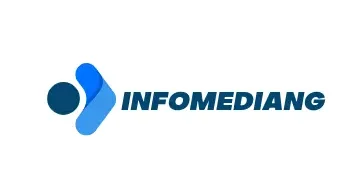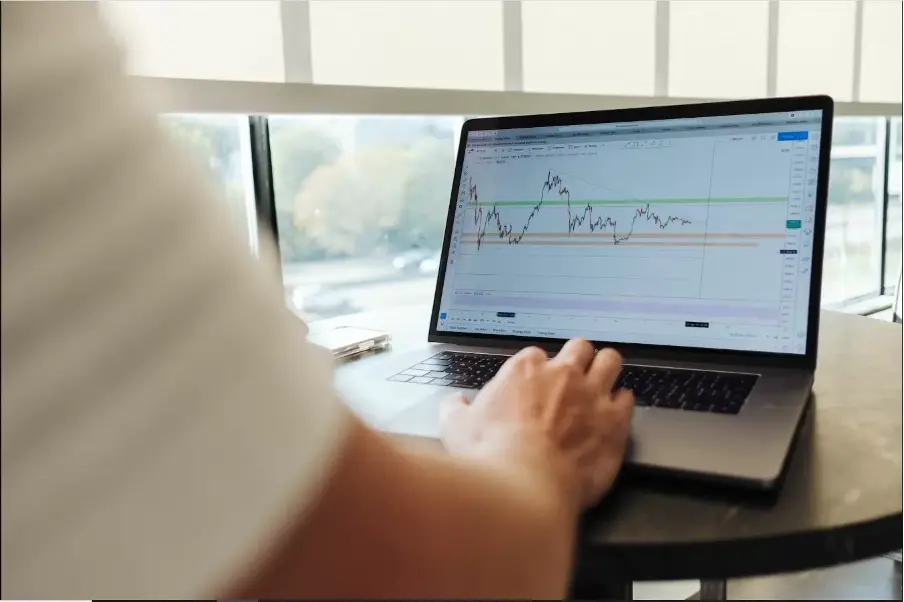Managing personal wealth has never been more accessible. Online trading platforms and low-cost brokers have democratized access to markets that once required institutional connections or large capital. Today, investors can combine stocks, bonds, commodities, real estate investment trusts, and digital assets with minimal or no commission fees.
The essential challenge is learning how to assemble a balanced portfolio, understanding which tools and features low-cost brokers offer, and striking the right trade-off between potential returns and acceptable risk. A thoughtful multi-asset approach can deliver growth, stability, and resilience against market swings.
Why Diversification Matters
Putting all capital into a single asset type exposes an investor to outsized volatility. Equities may deliver strong returns during bullish phases but can suffer sharp downturns when sentiment reverses. Bonds typically offer steadier income streams yet leave portfolios vulnerable to inflation. Commodities such as oil or agriculture react to supply-and-demand shocks, while real estate investment trusts provide exposure to property markets.
Digital currencies often move independently of traditional markets. By allocating funds across asset classes whose price movements do not correlate perfectly, investors reduce the chance that a downturn in one area will derail the entire portfolio. A well-diversified portfolio smooths returns over time and creates multiple potential growth drivers.
How Low-Cost Brokers Democratize Access
Traditional brokerage firms imposed high commissions, account maintenance fees, and elevated minimum balances, barriers that excluded many retail investors. Low-cost brokers cut these barriers by leveraging modern technology and automation. Most platforms now offer commission-free trading on major stocks and ETFs, zero or low fees for bond and option transactions, and the option to purchase fractional shares of high-price securities.
Additionally, these brokers frequently provide easy-to-use web and mobile applications that streamline account setup, deposit and withdrawal processes, and order entry. By reducing overhead and passing savings to clients, low-cost brokers shift the focus from worrying about cost per trade to refining strategic asset allocation.
Designing a Multi-Asset Strategy
Constructing a multi-asset portfolio begins with clarifying your financial objectives, time horizon, and risk tolerance. Investors typically designate a growth sleeve of domestic and international equities, a defensive sleeve of government and corporate bonds, and an alternative sleeve that might include REITs, broad commodities funds, or digital asset exposures.
Younger investors with longer horizons may emphasize equities for higher growth potential, while those nearing retirement often favor a larger bond allocation. The alternative sleeve can also include small allocations to niche strategies or emerging market funds to capture additional return streams. The goal is not perfect forecasting but rather maintaining a structured mix that addresses both upside participation and downside protection.
Leveraging Platform Tools for Research and Analysis
Access to research and analytics is as important as access to markets. Most low-cost brokers include free stock and ETF screeners, interactive charts with technical indicators, and summary dashboards displaying key fundamental metrics. Some platforms go further by integrating backtesting modules, model portfolios, and third-party research reports. Platforms such as Maven Trading enable investors to link multiple accounts, monitor consolidated performance statistics, and test hypothetical portfolio allocations before committing real capital. Educational resources, including webinars, articles, and community forums, enhance understanding of complex topics such as tax-efficient asset placement or currency hedging. With these tools, both novice and advanced investors can make more informed decisions and refine their strategies over time.
Automating Rebalancing and Risk Controls
Maintaining target allocations requires regular rebalancing as asset values diverge. Many low-cost brokers offer automatic rebalancing features that trigger trades when allocations deviate by predefined percentages. Automated rebalancing enforces discipline by selling overweighted positions and top-up underweighted ones without emotional interference.
Risk controls such as stop-loss orders, take-profit orders, and price alerts further limit downside exposure. By setting real-time notifications for margin levels or price movements, investors react swiftly to sudden market swings. Automation also extends to tax-loss harvesting tools that sell losing positions to offset gains and improve after-tax returns. A combination of automated rebalancing and risk controls reduces the manual workload and helps preserve long-term portfolio integrity.
Managing Ongoing Portfolio Maintenance
Building a multi-asset portfolio marks the starting point rather than the finish line. Ongoing maintenance involves reviewing performance, updating goals, and adjusting allocations as life circumstances change. Quarterly or annual check-ins allow investors to assess whether the current mix still aligns with objectives such as retirement planning, education funding, or major purchases.
Economic conditions and interest-rate environments evolve over time, so strategic tilts toward value, growth, or inflation-hedging assets may become more attractive. Low-cost brokers simplify this process with consolidated performance reports, exportable trade logs, and customizable watch lists. A regular maintenance schedule ensures that portfolios remain dynamic and responsive without straying from their core risk-return profiles.
Conclusion
Creating a well-balanced multi-asset portfolio no longer requires deep pockets or exclusive access. Low-cost brokers have removed traditional barriers by offering commission-free trades, fractional shares, sophisticated research tools, and automated rebalancing. By diversifying across uncorrelated asset classes, leveraging platform features, and enforcing disciplined risk controls, retail investors can achieve a blend of growth and stability. Continuous portfolio monitoring and periodic adjustments keep investments aligned with evolving goals and market conditions. With the right mix of strategy, technology, and long-term focus, building and maintaining a resilient multi-asset portfolio is within reach for any motivated investor.


